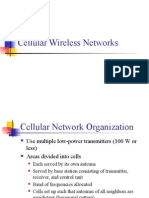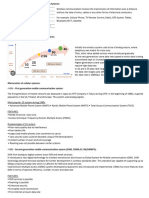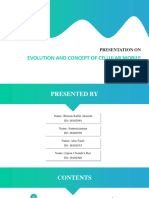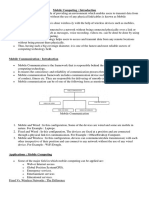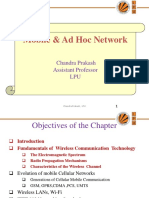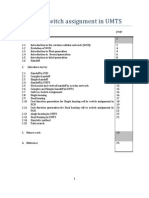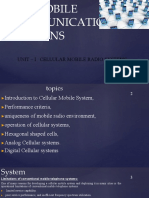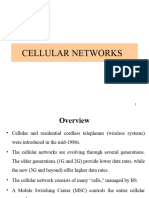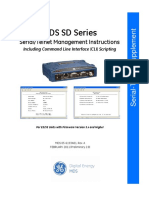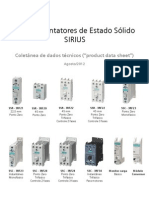0% found this document useful (0 votes)
17 views14 pagesWC - Module-1
The document outlines the elements of cellular radio system design, detailing the structure and operation of cellular networks, including circuit-switched and packet-switched systems. It discusses performance criteria such as voice, data, and service quality, as well as the handoff process and the components of a cellular system. Additionally, it covers the planning of cellular systems, the evolution from analog to digital systems, and the concept of frequency reuse in enhancing network capacity.
Uploaded by
ggi2022.1201Copyright
© © All Rights Reserved
We take content rights seriously. If you suspect this is your content, claim it here.
Available Formats
Download as PDF, TXT or read online on Scribd
0% found this document useful (0 votes)
17 views14 pagesWC - Module-1
The document outlines the elements of cellular radio system design, detailing the structure and operation of cellular networks, including circuit-switched and packet-switched systems. It discusses performance criteria such as voice, data, and service quality, as well as the handoff process and the components of a cellular system. Additionally, it covers the planning of cellular systems, the evolution from analog to digital systems, and the concept of frequency reuse in enhancing network capacity.
Uploaded by
ggi2022.1201Copyright
© © All Rights Reserved
We take content rights seriously. If you suspect this is your content, claim it here.
Available Formats
Download as PDF, TXT or read online on Scribd
/ 14






